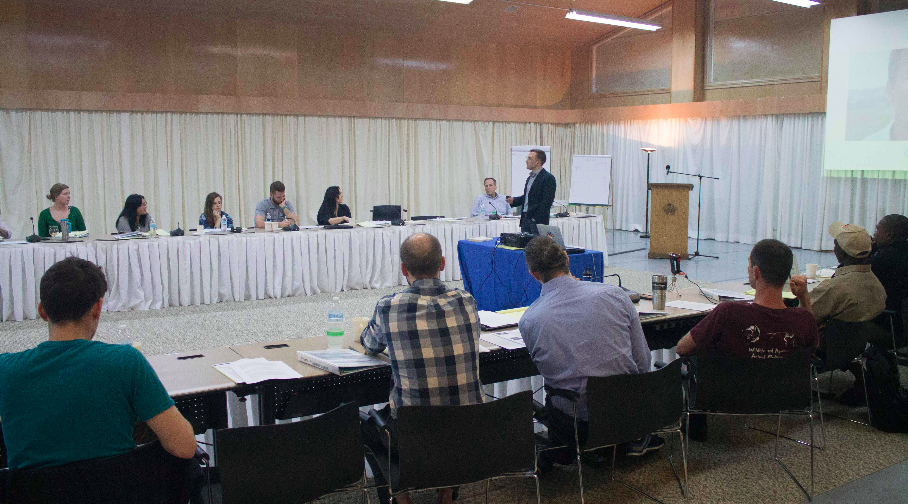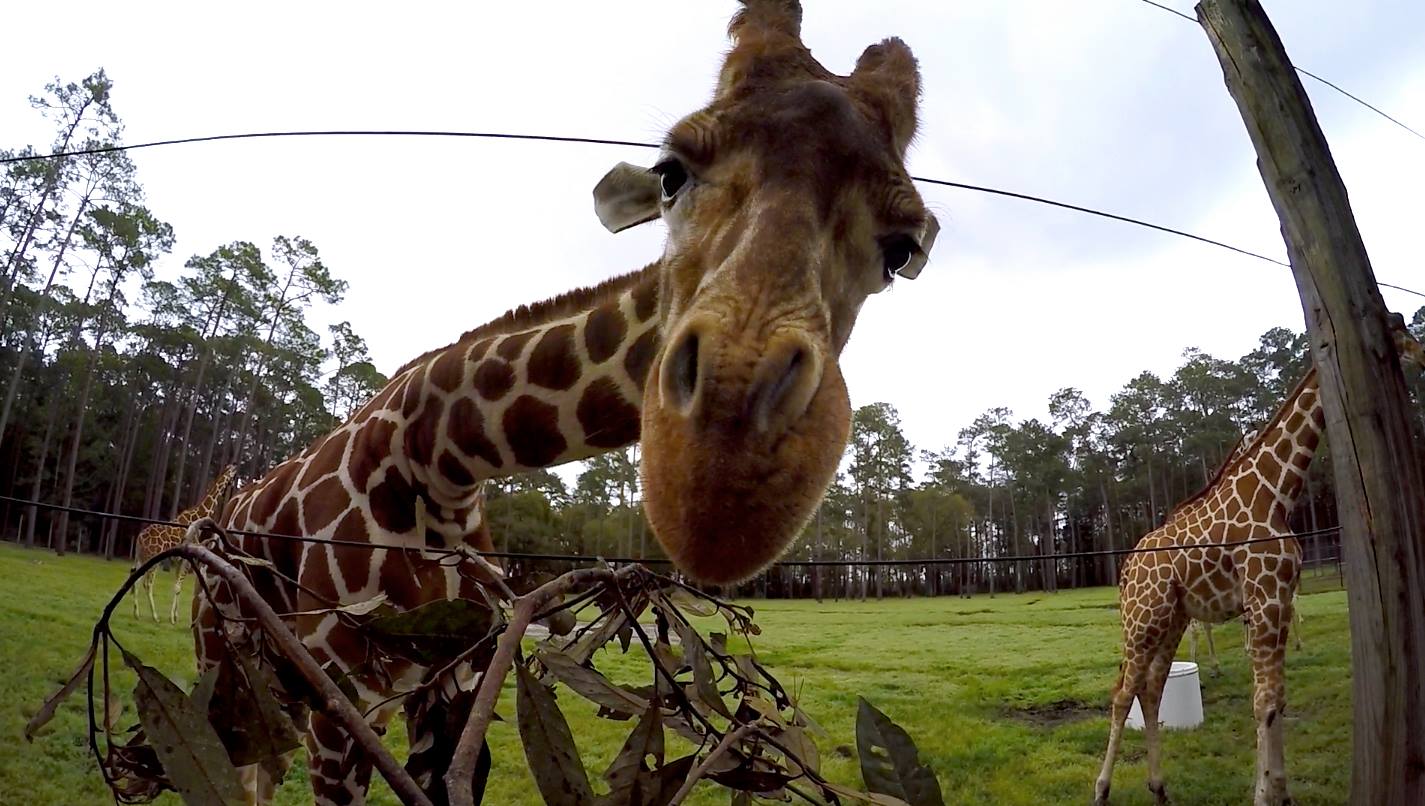Sharing Digital Strategies with Emerging Wildlife Conservation Leaders
Kevin Powers, Former Senior Digital Strategist
Article Category:
Posted on

Recently, I had the pleasure of speaking to 24 talented members of the new class of Emerging Wildlife Conservation Leaders (EWCL) at the White Oak Conservation facility in north Florida. The combination of my experience working with with WWF, the Wildlife Conservation Society, and Conservation International, and my personal passion for these causes, led organizers of the event to feel that participants might enjoy my perspective on conservation’s emerging digital landscape. More training than conference, the week-long introduction to the EWCL program explored topics ranging from grant writing to campaign architecture to my talk on digital strategies and tactics.
Celebrating its 10th year, EWCL brings together early-career conservation professionals for a two-year training program. The program equips participants with cross-disciplinary skills and networking opportunities by having the class (divided into groups) develop, implement, and evaluate a new wildlife conservation campaign. This year, there are four groups and their campaigns will focus on monarch butterflies, giraffes, corals, and clouded leopards.
The talk I gave spanned a variety of topics within the digital space. Given the varied backgrounds of the participants -- one works as a conservation manager with the Niassa Carnivore Project in Mozambique, while another is a zookeeper at Disney’s Animal Kingdom -- it was a challenge to decide how deep to go on any given subject. Ultimately, my presentation hit on a few key areas:
- Examples of successful digital campaigns: People-powered initiatives like Movember or Charity Water’s Birthday Project; or social awareness drivers like HRC’s Go Red.
- Elements that contribute to a successful campaign: Compelling storytelling, which is a strong component of our own 96 Elephants work; or the benefit of transparency as embraced by GiveDirectly.
- Tools and resources for participants to use as they shape their campaigns: Collaboration tools like Basecamp, or those used for constituent outreach and management like MailChimp.
Sharing technologically oriented content with an engaged but predominantly non-technologically focused audience was fun, but staying at the White Oak facility was something else. While the property has existed since 1768, in 1982 a program was established there for the conservation and propagation of threatened or endangered species. Across the 7,400 acres, White Oak houses rhinos , cheetahs, giraffes, antelope, and birds. Between sessions, we had the opportunity to tour the facility and even feed some of the giraffes.

Participants in this year’s EWCL Class 6 will be back at White Oak occasionally over the two-year program for more in-depth training and mentoring. And, after graduation, these two dozen individuals will take back to their organizations valuable contacts and skills critical to wildlife conservation and its emerging presence in the digital marketplace.